Market Share
Canned Alcoholic Beverages Market Share Analysis
In the bustling market of canned alcoholic beverages, companies employ diverse strategies to secure their positions and gain a competitive edge. One prominent approach is differentiation, where companies strive to set their products apart from competitors by offering unique features or attributes. For instance, some companies focus on producing craft canned cocktails or artisanal canned wines, appealing to consumers looking for premium and distinctive drinking experiences. Others differentiate through flavor innovation, introducing new and exotic flavor combinations or incorporating trendy ingredients to capture the attention of adventurous drinkers.
Cost leadership is another significant strategy in the canned alcoholic beverages market, where companies aim to become the lowest-cost producer to attract price-sensitive consumers. By optimizing production processes, sourcing ingredients efficiently, and achieving economies of scale, companies can offer competitive prices without compromising on quality. This approach is particularly appealing in markets where consumers are price-conscious, enabling companies to gain market share by providing affordable options without sacrificing taste or appeal.
Moreover, niche positioning is a strategy adopted by some companies in the canned alcoholic beverages market, targeting specific consumer segments with specialized products. For example, companies may focus on producing organic or gluten-free canned alcoholic beverages, catering to health-conscious or dietary-restricted consumers. By addressing the unique needs and preferences of niche markets, companies can differentiate themselves from competitors and build a loyal customer base. Niche positioning also allows companies to command higher prices for specialized products and reduces direct competition in the broader market.
Innovation plays a pivotal role in market share positioning strategies within the canned alcoholic beverages market. Companies invest in research and development to introduce new and innovative products that resonate with evolving consumer preferences and lifestyle trends. For instance, companies may develop ready-to-drink canned cocktails with premium ingredients or introduce environmentally friendly packaging solutions to appeal to eco-conscious consumers. Innovation not only allows companies to differentiate themselves but also helps them stay ahead of the curve and maintain relevance in a rapidly changing market landscape.
Collaboration and partnerships are also integral for market share positioning in the canned alcoholic beverages market. Companies may form strategic alliances with breweries, distilleries, or flavor suppliers to enhance their product offerings and access additional resources. Collaborative efforts can facilitate product development, expand distribution networks, or amplify marketing initiatives. By leveraging the expertise and resources of partners, companies can accelerate growth and gain a competitive advantage in the dynamic canned alcoholic beverages market.
Furthermore, branding and marketing efforts play a crucial role in effective market share positioning in the canned alcoholic beverages market. A strong brand identity helps companies differentiate themselves, build trust with consumers, and establish a loyal following. Effective marketing campaigns that highlight the unique selling propositions of canned alcoholic beverages, such as convenience, portability, or versatility, can attract consumers and drive sales. Additionally, companies may leverage social media platforms and experiential marketing strategies to engage with consumers and create memorable brand experiences.

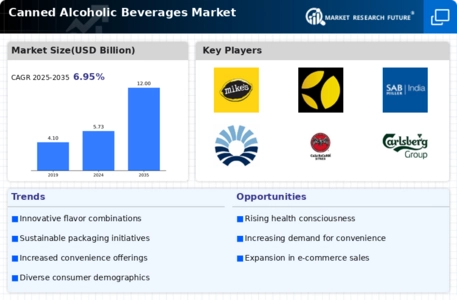
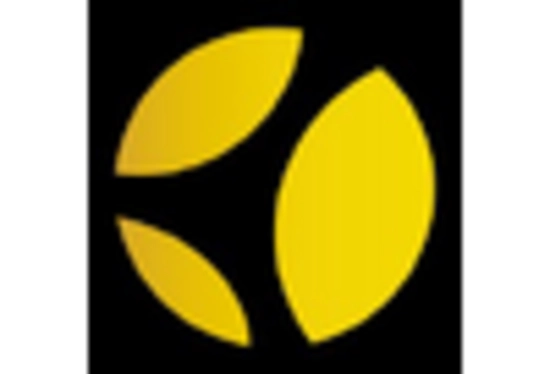
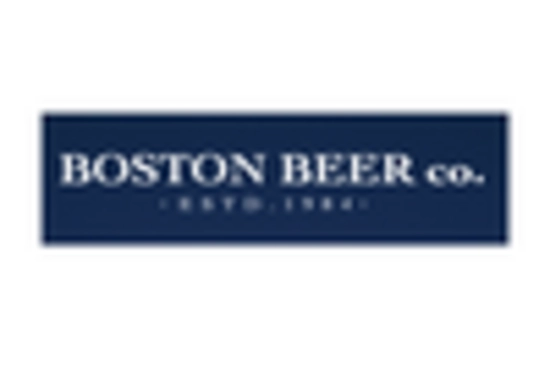
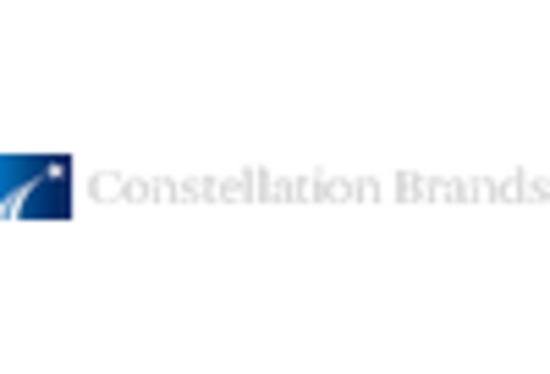
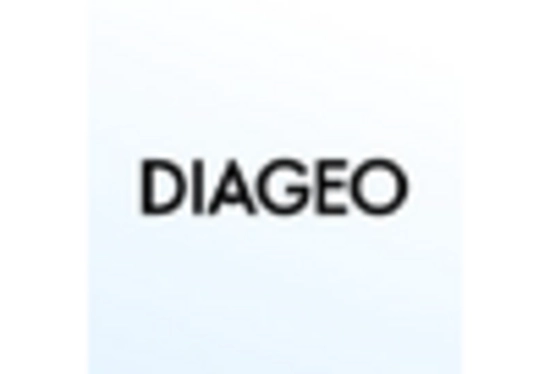
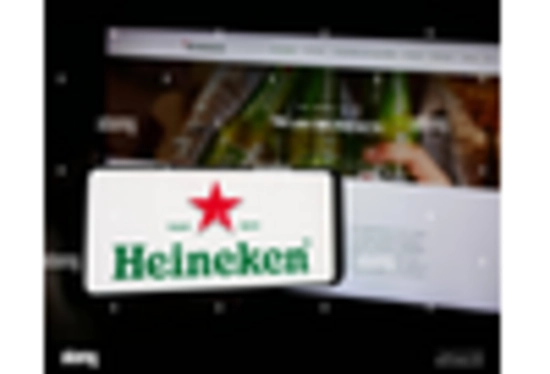
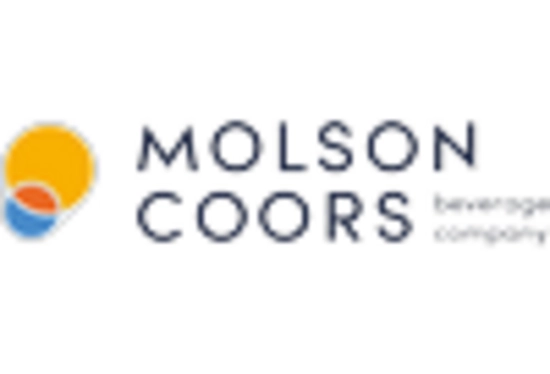









Leave a Comment